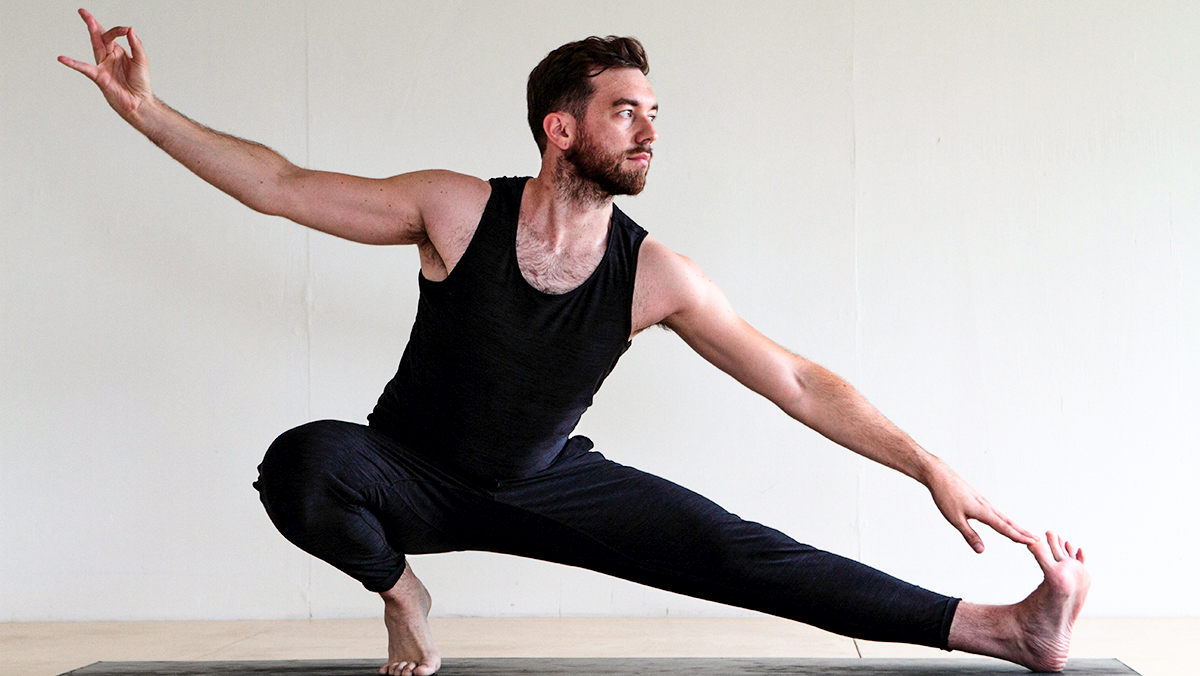
Yoga is a great exercise option for diabetics. Maintaining healthy blood glucose levels can be a challenge for people suffering from this condition. It can be hard to find a routine and diet that you like. A new study shows that yoga may be able to help with these problems. It can help with weight loss and energy levels.
Yoga is known to improve diabetes health. Specifically, it helps to control blood sugar, which is a vital component of managing diabetes. It may also be able to lower the risk for diabetes-related neuropathy. This is when nerves become damaged. This disease can be reduced by regular yoga practice. If you are looking for a way to start practicing yoga, you should find a trained instructor. If you are unsure of how to start a class, you can look for videos on YouTube.

Yoga may be an option for you if you have type 2 diabetes. As we have already mentioned, some yogasanas activate insulin-producing pancreas. Grand Master Akshar suggests five asanas to help you manage your diabetes. The first is the Urdhva Mukhi Marjari Asana, in which you bend your knees under your shoulders. The second is Adho Mukhi Marjari, in which you bring your chin down to your chest. You should concentrate on the navel area in this position.
You can also stretch your abdominal muscles during the poses. This can help with digestion and detox. You may find yoga beneficial in weight loss if you practice it regularly. If you are diabetic, ensure that you do this exercise at the very least once a week. The benefits can be enormous. Below is a list that will help diabetics to understand the benefits of yoga. These are important points to consider before you take up this activity.
Ardha Matsyendrasana is a great pose for those with diabetes. It helps lower blood sugar and massages the internal organs. This pose also helps you maintain a high level of energy. This exercise is a great way to get your heart rate up. This is the ideal activity for diabetics. These exercises will also benefit active people.

Yoga has many benefits. Yoga can improve your blood glucose levels as well as your overall health. Yoga should be practiced twice daily, one hour each in the morning, and the other for 40 minutes at night. A professional instructor should supervise you when you practice yoga. You can also do it at home. You can do it if you have the patience and time.
FAQ
How can you improve your wellbeing?
The state of being well is defined as the "state of physical, mental and spiritual well-being." There are many factors that affect our well being, including work, family, health, relationships and finances. Your first step to bettering your well-being, is to identify the areas in your life that require improvement. Next, change these things to improve your well-being.
Here are five ways to improve your well-being:
-
Exercise – Physical activity increases endorphins that make us feel happier.
-
Sleep – A longer sleep time reduces stress and anxiety.
-
Nutrition – Healthy foods such as fruits & vegetables can boost your mood.
-
Meditation - Regular meditation reduces stress and anxiety.
-
Socialization – It's important to spend time with loved ones and make friends.
Why is it important to have a healthy mind?
Work, play, learn, and love. When we talk about mental health, we're talking about our overall wellness. Mental health refers to the many factors that affect us daily, including our physical, psychological, spiritual, social, and environmental well-being. The good news? There are many ways to take care of yourself mentally. You don't need to do it all at once. Start somewhere.
Understanding where you are now is the first step to improving your mental health. This quiz will help you determine if you are doing enough to improve your mental health. If your score is low, you may want to make some lifestyle changes.
You scored well, congratulations! Now, look at some specific things you can do to help maintain and improve your mental health.
-
Get enough sleep Your brain will stay sharp and energized if you get enough rest. The American Academy of Pediatrics (AAP), suggests that you get 7-8 hours of rest each night.
-
Exercise Regularly. Exercise releases endorphins into your body, which makes you happy and less likely to stress. Five times per week, aim for 30 minutes of exercise.
How can one determine if they have a mental health condition?
If a person experiences symptoms that affect their daily lives, they may be diagnosed as having a mental disorder. There are many symptoms of mental illness. The most common symptoms of mental illness are sadness, anger, guilt, hopelessness and loneliness.
A person could also be diagnosed if they meet any of the following criteria:
-
Disturbed thoughts or feelings
-
Disturbed behavior
-
Disturbance to functioning
-
Impairment in the ability to relate to others
Statistics
- Appropriate nutrition and exercise are likely among the most efficacious and cost-effective positive mental health interventions. (ncbi.nlm.nih.gov)
- According to the National Alliance of Mental Illness (NAMI), one in five Americans experiences mental health issues which translates to more than 40 million adults a year. (doctorondemand.com)
- Similarly, while there is some agreement about the boundaries of typical mental disorders 2, there is likely less agreement about those for positive mental health. (ncbi.nlm.nih.gov)
- Neuropsychiatric diseases are the leading cause of death and disability in the U.S., accounting for 18.7 percent of all years of potential lifespan loss and premature mortality.
- In any given year, an estimated 18.1% (43.6 million) of U.S. adults ages 18 years or older suffered from any mental illness, and 4.2% (9.8 million) (healthypeople.gov)
External Links
How To
Why is Mental Health Important? What steps can you take for improvement?
Mental health refers both to your mind and your emotional well-being. It influences how you think, feel, act, relate, relate, sleep and eat.
Everyone is concerned about mental well-being. Depression is often referred to when talking about mental health. Depression is a serious illness that impacts millions of Americans each year.
Because it requires medical intervention, depression is sometimes called clinical depression. There are many kinds of depression.
Depression is defined by the National Institute of Mental Health as "a common disorder characterised by a depressed state that lasts for most of the day," loss of interest or pleasure in almost every activity, guilt or low selfworth, disturbed sleep and appetite, poor concentration, and thoughts of suicide.
Different people may experience depression in different ways. Others may feel helpless, sad, hopeless and unmotivated. Others may feel empty, restless or agitated. Other people may feel nothing.
It is possible to treat depression. There are many treatments for depression, including medication, psychotherapy as well as diet and lifestyle modifications that can help. If left untreated, however, depression can cause problems at home, school, work, and in relationships.
While depression is more common among women than in men, it is also more common in boys and men. In fact, depression is the leading cause of disability worldwide for men and women ages 15-44 years old.